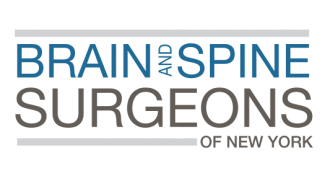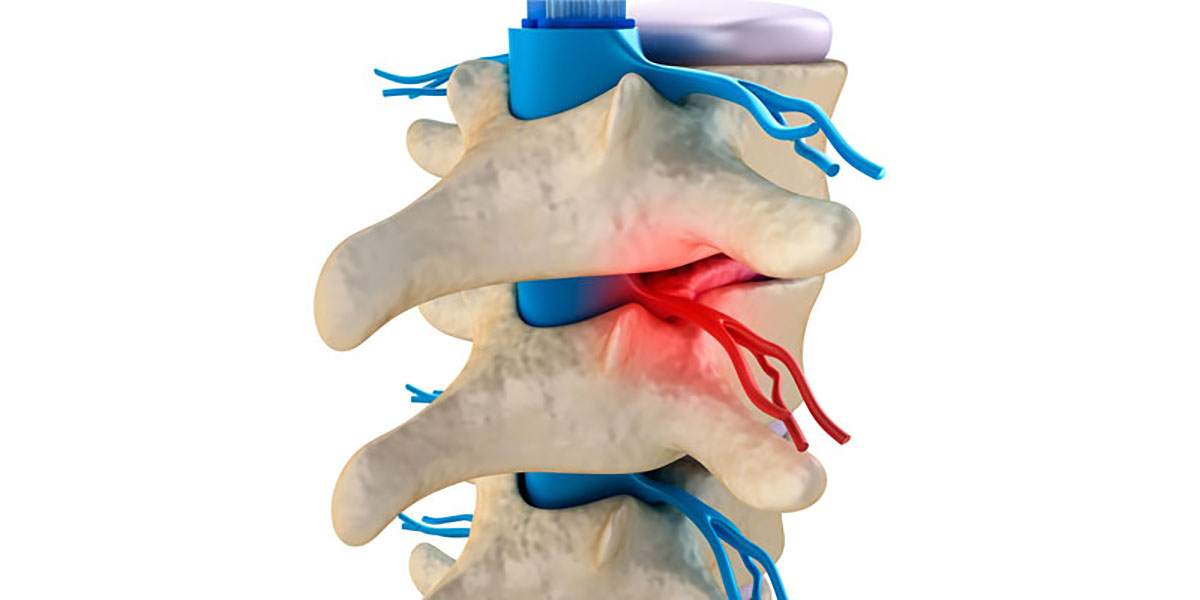
Neuropathic Pain Ablative Procedures
\
When nerves malfunction in the body, often the result is pain. Whether from trauma or a medical condition, neuropathic pain can be challenging to manage. When medications stop being effective or the side effects become detrimental to daily life, surgical intervention can become a logical next step.
Ablative procedures are surgeries that block or destroy nerves or tissues that are malfunctioning in a body to relieve symptoms or pain. In neuropathic pain, these surgeries can be effective because they permanently interrupt the pain signals sent by the damaged nerve, stopping them before they are processed or interpreted by the brain.
COMMON ABLATIVE PAIN PROCEDURES FOR NEUROPATHIC PAIN:
Microsurgical Ganglionectomy
Microsurgical Ganglionectomy uses a surgical microscope to identify a sensory nerve head or ganglion of a spinal nerve that lies just outside the spinal canal. This ganglion is isolated from the motor fibers and is surgically excised or removed.
Microsurgical Dorsal Rhizotomy
In this procedure the sensory rootlets entering the spinal cord are identified under a surgical microscope and transected to permanently numb the painful area and provide relief to the patient.
Dorsal Root Entry Zone (DREZ) Procedure
The Dorsal Root Entry Zone (DREZ) procedure is used to treat pain caused by nerve rootlet avulsion. A nerve rootlet avulsion is typically related to severe trauma from motor vehicle accidents and results in the nerve rootlets being pulled out of the spinal cord. Despite the fact that patients frequently present with a numb and/or paralyzed arm, they can feel excruciating pain in that arm due to misbehaving pain signals originating within an area of the spinal cord known as the dorsal horn.
During this procedure, a radiofrequency microsurgical probe is inserted into the dorsal horn and the tip of the probe heated until the destruction of the area results in lesions that ultimately inhibit the pain messages being sent to the brain, eliminating the pain felt by the patient.
Peripheral Neurectomy
In this procedure small sensory and/or motor nerves are removed to numb or paralyze a muscle in a small area. This procedure is often used to treat torticollis or “wry neck”, using selective peripheral denervation. Peripheral Neurectomoy is also used to refer to the sectioning of the terminal branches of the trigeminal nerve.










